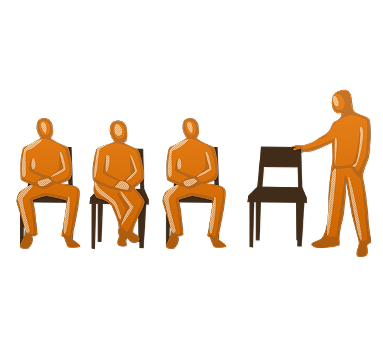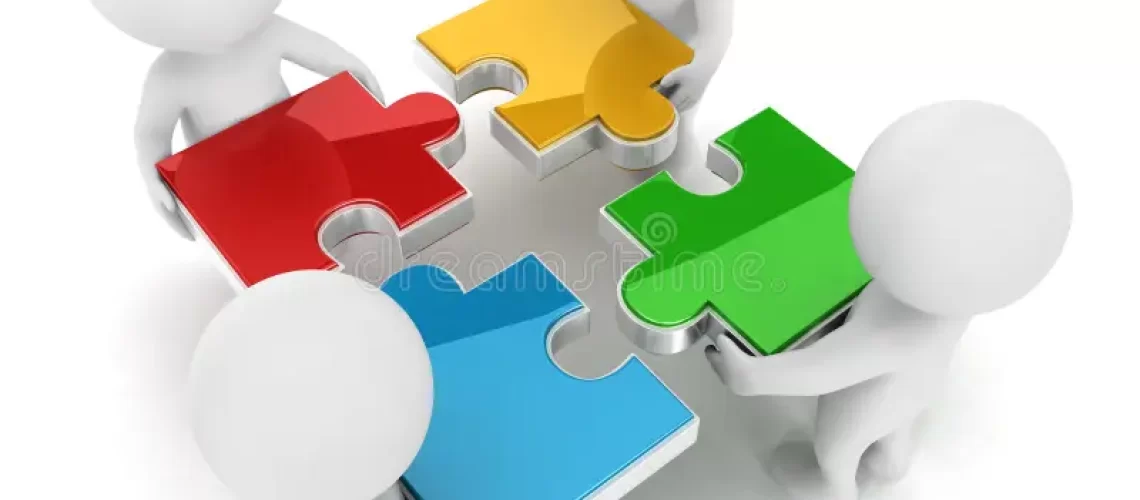When teams fall short, it is rarely because people are unmotivated. More often, the problem lies in how the team was assembled in the first place. Team assembly is the foundation of team effectiveness. It involves setting the team up for success by ensuring the right structure, roles, and support systems are in place from the start.
Done well, team assembly creates the conditions for alignment, strong dynamics, and effective collaboration. Done poorly, even the most talented individuals will struggle to perform.
What Is Team Assembly?
At its core, team assembly is about fit and function. The team needs to be the right size, with the right mix of roles, capabilities, and perspectives. It also needs the necessary supports to operate effectively.

At KSE Leadership, we use six dimensions to assess team assembly:
- Purpose of the team is clear.
- Team is diverse.
- Roles and responsibilities are clearly defined.
- Team is the right size and consists of the right roles.
- Resources needed to do the work are provided.
- Incentives and goals promote teamwork.
Let’s take a closer look at why these elements matter.
A Clear Team Purpose
Before anything else, a team needs a reason to exist. Without a shared purpose, efforts become fragmented and priorities blur. The team’s purpose should be specific, outcome-oriented, and aligned with broader organizational goals.
The Right Size and Role Composition
Too many people can slow things down. Too few can lead to burnout and blind spots. Teams are most effective when they are lean enough to move quickly but broad enough to cover the full scope of work. Roles should be distinct and thoughtfully designed to minimize overlap and confusion.
Clear Roles and Responsibilities
People do their best work when they know what is expected of them. Clarity around who does what enables accountability, reduces duplication, and helps teams move with confidence. It also minimizes friction, especially when pressure builds.
Diversity Fuels Insight
Diverse teams outperform homogenous ones, especially in solving complex problems. Diversity of background, function, and thinking style helps teams surface better ideas and avoid groupthink. But diversity alone is not enough. It must be paired with inclusive behaviors and practices that ensure all voices are heard.
Resources, Incentives, and Structural Support
Even the best-assembled team will flounder if they lack the tools and support they need. That includes access to data, decision rights, budget, time, and leadership backing. Just as important are the incentives that guide behavior. When goals and rewards emphasize collaboration over individual performance, teams thrive.
A Key Driver of Team Effectiveness
Team assembly is one of four critical drivers of team effectiveness. It lays the foundation for the other three: team alignment, meeting processes, and team dynamics. In upcoming posts, we’ll explore each of those drivers in more detail.
For now, consider this: before you look at trust, decision-making, or communication issues, start with how the team is built. If the assembly is flawed, no amount of offsites or coaching will compensate for the gaps.
Want a Fast Way to Improve Executive Team Effectiveness?
Executive team effectiveness is not just about individual talent. It’s about how the team operates when stakes are high and time is tight. If you’re looking for a fast, focused way to understand how your team is really doing, reach out about our Team Effectiveness Profile (TEP). It’s a simple tool that gives you immediate insight into what’s working, what’s not, and where to focus next.
If your executive team is aiming to reach the next level of performance, we can help. At KSE Leadership, we work with senior teams to strengthen trust, sharpen execution, and improve how leaders work together. Whether you’re navigating change or preparing for growth, we’ll help you build the habits that drive lasting executive team effectiveness.


Comments are closed for this article!